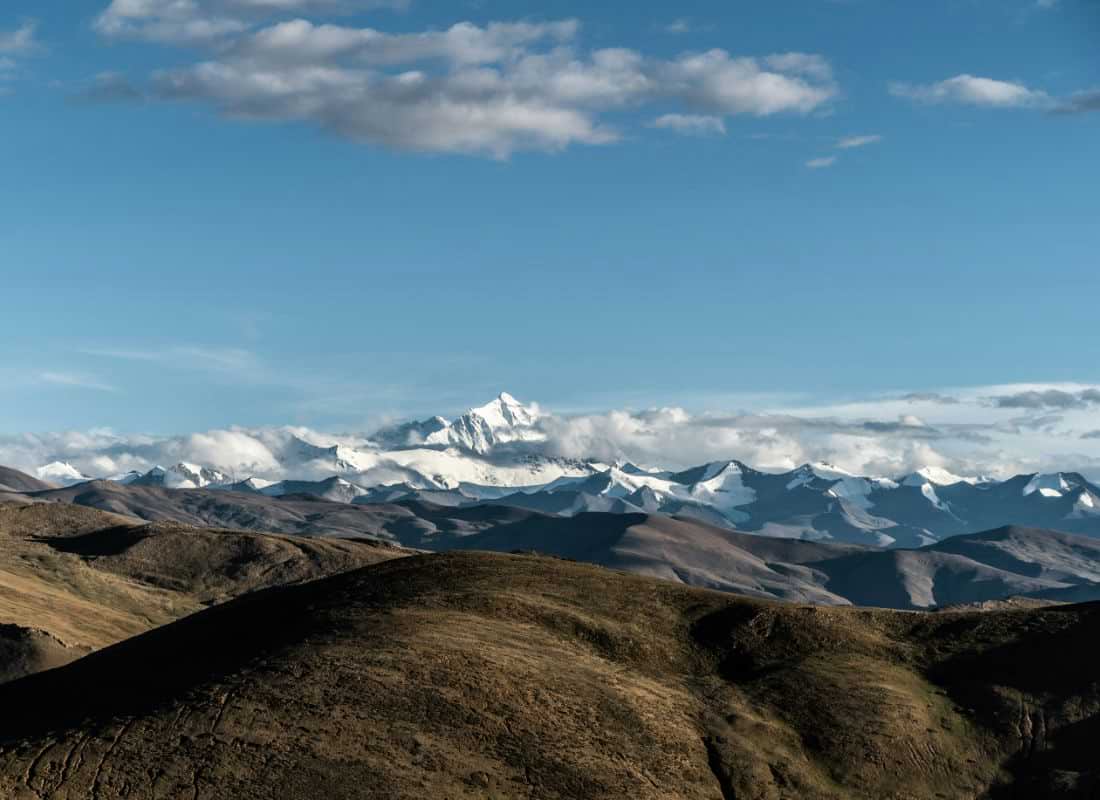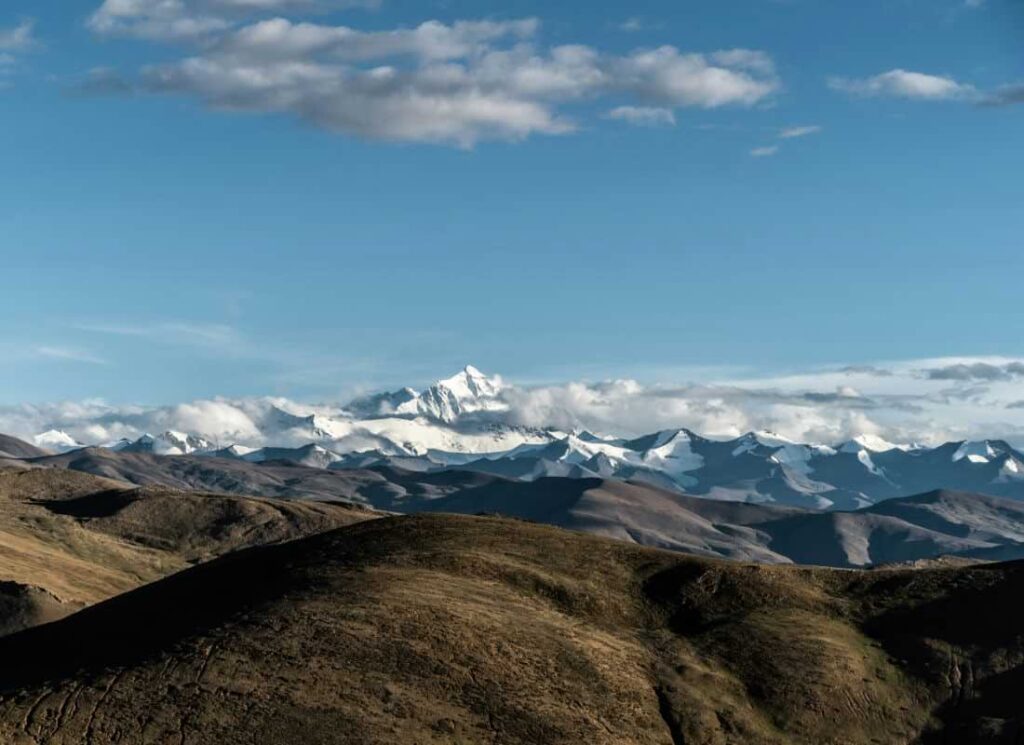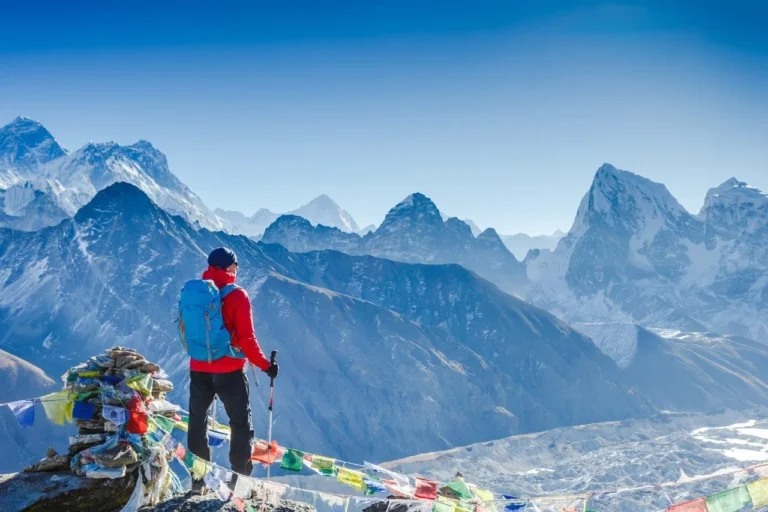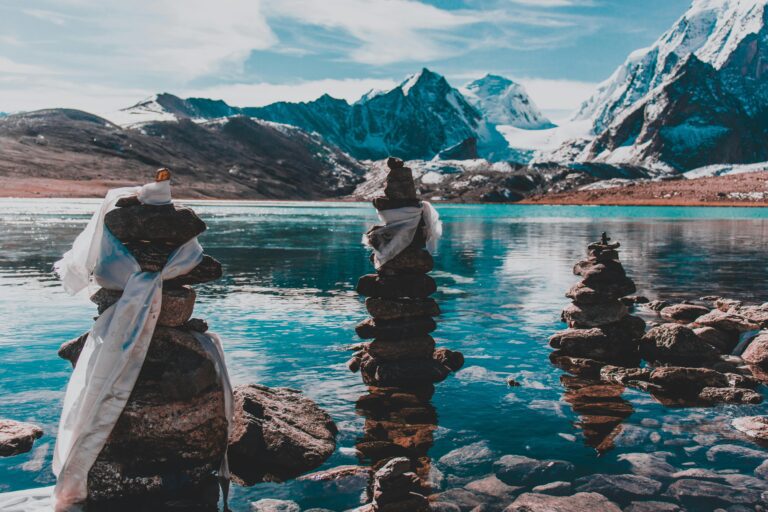Plan Your Trip to Prevent Altitude Sickness
“Planning is the first step to prevent altitude sickness. A well-designed itinerary ensures gradual acclimatization.”
- Choosing the right itinerary: Start at lower altitudes. (Link to the Nyingchi article) (Link to the Lhasa article)
- Best time to visit: Choose milder weather (May-October).
- Altitude considerations for popular destinations: Lhasa, Everest Base Camp, Mount Kailash.

Prepare Your Body to Prevent Altitude Sickness {#PrepareBody}
“Physical fitness and pre-trip acclimatization can significantly prevent altitude sickness.”
- Physical fitness: Cardiovascular and strength training.
- Pre-trip acclimatization: Gradual exposure if possible.
- Essential gear and clothing
Cope with Altitude to Prevent Altitude Sickness
“During your trip, pacing yourself, staying hydrated, and avoiding certain substances are essential to prevent altitude sickness.”
- Pacing yourself: Slow and steady is key.
- Staying hydrated: Drink plenty of water (3-5 liters per day).
- Avoiding alcohol and tobacco: These worsen symptoms.
When to Seek Help for Altitude Sickness
“Recognizing and acting on serious symptoms is vital to addressing altitude sickness.”
- Recognizing serious symptoms: Breathlessness, confusion, severe headache.
- Available medical facilities in Tibet: (Hospitals in Lhasa and other areas).
- Emergency evacuation procedures: Importance of travel insurance.

Conclusion: Preventing Altitude Sickness for a Great Trip
“Preventing altitude sickness makes all the difference. By taking these steps, you can minimize risks and maximize enjoyment. Listen to your body, take precautions, and seek help when needed.”
- What is the quickest way to alleviate symptoms of altitude sickness?
- The most immediate relief from altitude sickness can be achieved by descending to a lower altitude. Symptoms often begin to improve as you go lower, and for those who choose to acclimate without descending, symptoms may last from several hours to a day. Generally, minor symptoms subside within a couple of days as the body adjusts to the altitude.
- Are there effective treatments for altitude sickness?
- Altitude sickness can often resolve on its own with rest. In some cases, medications may be prescribed to alleviate symptoms. For more severe symptoms, steroid medications might be recommended.
- How can I enhance my tolerance to high altitudes?
- Improving altitude tolerance can be achieved through specific training techniques. These include reducing exercise intensity, slowly transitioning back to sea level training, gradually increasing altitude exposure, engaging in interval hill training, and practicing breathing exercises.
- What is a reliable home remedy for managing altitude sickness?
- The most effective home remedy for altitude sickness is to increase oxygen intake, as both hypoxia and altitude sickness result from low oxygen levels. Descending to a lower altitude where the air is richer in oxygen is often the best solution.








